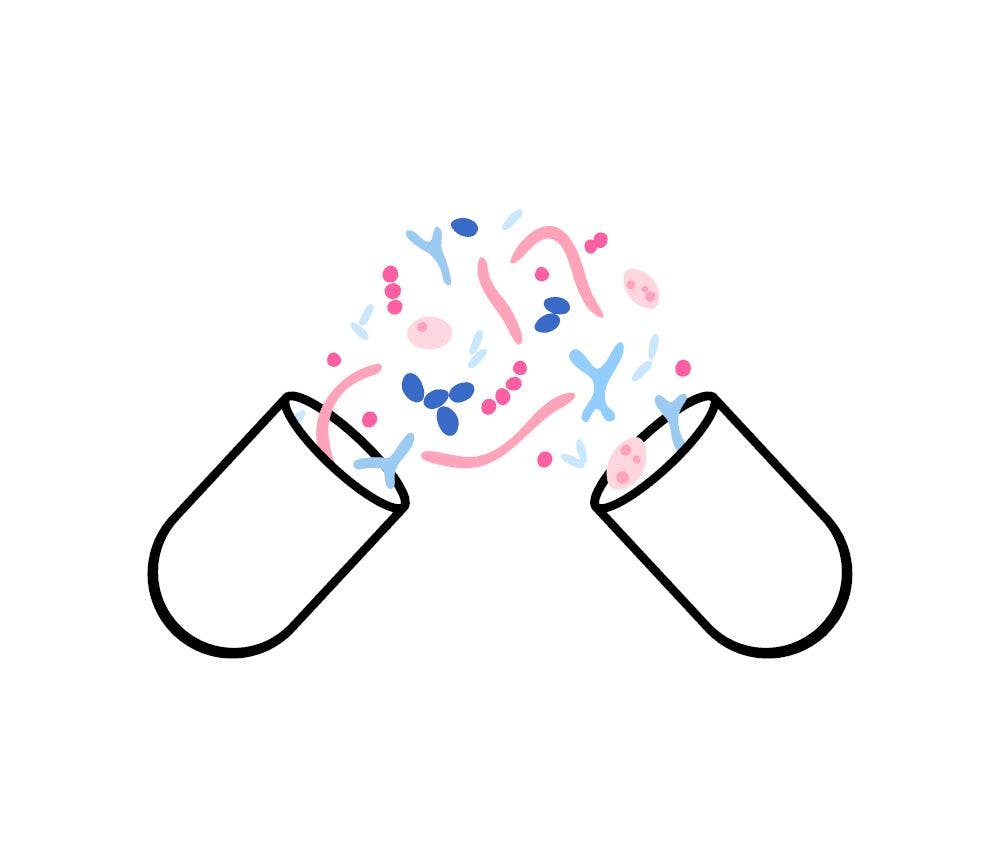Consumers demanding delicious healthy drinks? You’d better deliver.
Many active ingredients create major challenges for beverage formulators. Unpleasant flavor notes from ingredients can be difficult to mask considering that pumping sugar into these drinks is no longer a popular option.
Photo © Jaroslavkettner - Stock.adobe.com

Beverage manufacturing is not easy. The competition is stiff, and trends shift like the wind. What’s clear, however, is that customers are trying to be healthier, but they aren’t willing to compromise on quality, no matter how healthy a product is.
“Shoppers are in the market for products that provide a sense of indulgence but also feature wholesome ingredients, natural colors, key nutrients (like protein, fiber, and potassium), reduced calories, exceptional taste and texture, and so on. They’re also looking for convenient, versatile, and delicious options that easily incorporate into their daily routines,” says Micah Greenhill, beverage marketing director for ADM (Chicago).
Luckily, “Beverages can deliver on all these needs,” he says.
Less Sugar, Please
Cutting sugar is the most common way to improve one’s health. “Consumers rank sugar reduction as the number one way to make beverages healthier,” explains Carla Saunders, senior marketing manager, high-intensity sweeteners, for Cargill (Minneapolis). “In fact, sugar reduction is the leading dietary change consumers made in the past year.”
According to Saunders, younger consumers (ages 18-29) are leading the way when it comes to demanding products that are less sweet. This is perfectly distilled in the current boom of flavored seltzer waters, both nonalcoholic and alcoholic, offering flavors that taste authentic but are not overly sweet, she notes.
“Also worth noting, while consumers of all ages want to cut back on sugar, they’d rather reduce it than replace it with artificial sweeteners or other flavors,” Saunders adds. “This suggests opportunities for brands to refine their existing portfolios and offer step changes with products that might equate to 10%-20% reductions in sweetness.”
In a space where sugar reduction is becoming a common refrain, providing some added value will go a long way, says Greenhill. “Products that are not only less sweet and calorie balanced but also provide value-added refreshment with functional ingredients can support consumers throughout the day. Botanicals containing vitamins and minerals are giving fizzy drinks a fresh take,” he explains.
Healthy Actives
In addition to removing less-desirable ingredients such as sugar, manufacturers can also add active ingredients that offer support in areas such as immunity, fitness, and digestive health, to name a few. Familiar ingredients like protein can be a major draw for consumers.
“Protein continues to hold significant sway. Consumers have long associated protein with a variety of health benefits, from satiety and weight management to physical performance and muscle strength,” says Saunders. Of course, consumers are also open to trying new and emerging ingredients if they offer some form of tangible health benefit, such as energy and mood support. Brands are already embracing newer classes of ingredients, most notably adaptogens, including ashwagandha and yerba mate, adds Saunders.
Immunity remains important to consumers, along with microbiome support, which consumers are discovering offers numerous benefits that include immunity, digestive health, and even mood and stress support.
“Microbiome-supporting ingredients are especially sought after as more consumers become aware of the role of the gut microbiome in overall wellbeing,” states Greenhill. “Prebiotics, probiotics, and postbiotics are commonly linked to dairy beverages, but they can also be incorporated into juices, sparkling waters, and ready-to-drink (RTD) coffees.”
Mental wellbeing encompasses multiple innovative and effective ingredients, and branches into other important health areas. “Sleep is another growth space as stressed-out shoppers turn to ashwagandha and other adaptogens in the hopes of reducing anxiety, alleviating stress, and promoting sleep,” says Saunders.
Many of these actives create major challenges for formulators. Unpleasant flavor notes from ingredients like ashwagandha can be difficult to mask considering that pumping sugar into these drinks is no longer a popular option. It’s important for manufacturers to find partners that know their way around these ingredients and can offer effective ways to mask and flavor organoleptically difficult ingredients.
Inclusion of botanicals can also be a great way to give your product a healthy halo, good flavor, and even health benefits, says Greenhill. “Botanical ingredients are increasingly found in beverages, adding sophistication to flavor combinations while contributing to a product’s wellness halo,” he explains. “Berries like acerola and açai are rich in vitamin C, which many people associate with products formulated to support immune function. Edible flowers are often linked to calming tea beverages, including lavender, chamomile, hibiscus, and elderflower. Florals also pair well with wellness-signaling flavors like citrus and mint.”

Prinova acquires Aplinova to further increase its footprint in Latin America
April 7th 2025Prinova has recently announced the acquisition of Brazilian ingredients distributor Aplinova, which is a provider of specialty ingredients for a range of market segments that include food, beverage, supplements, and personal care.





















